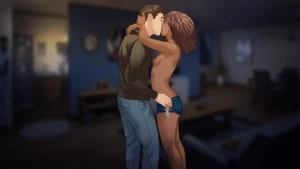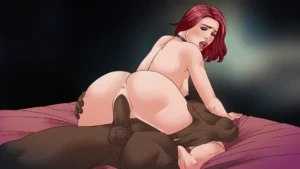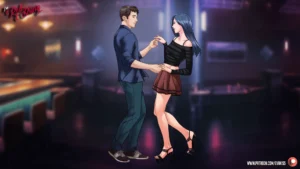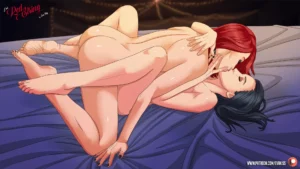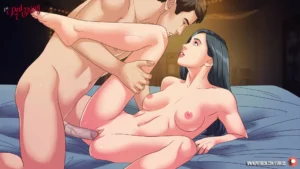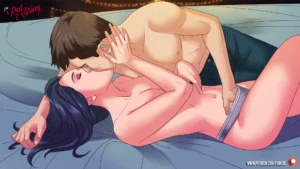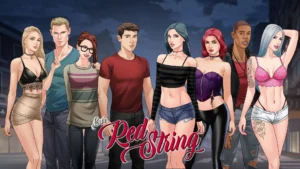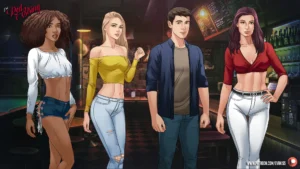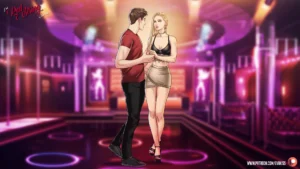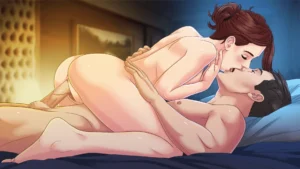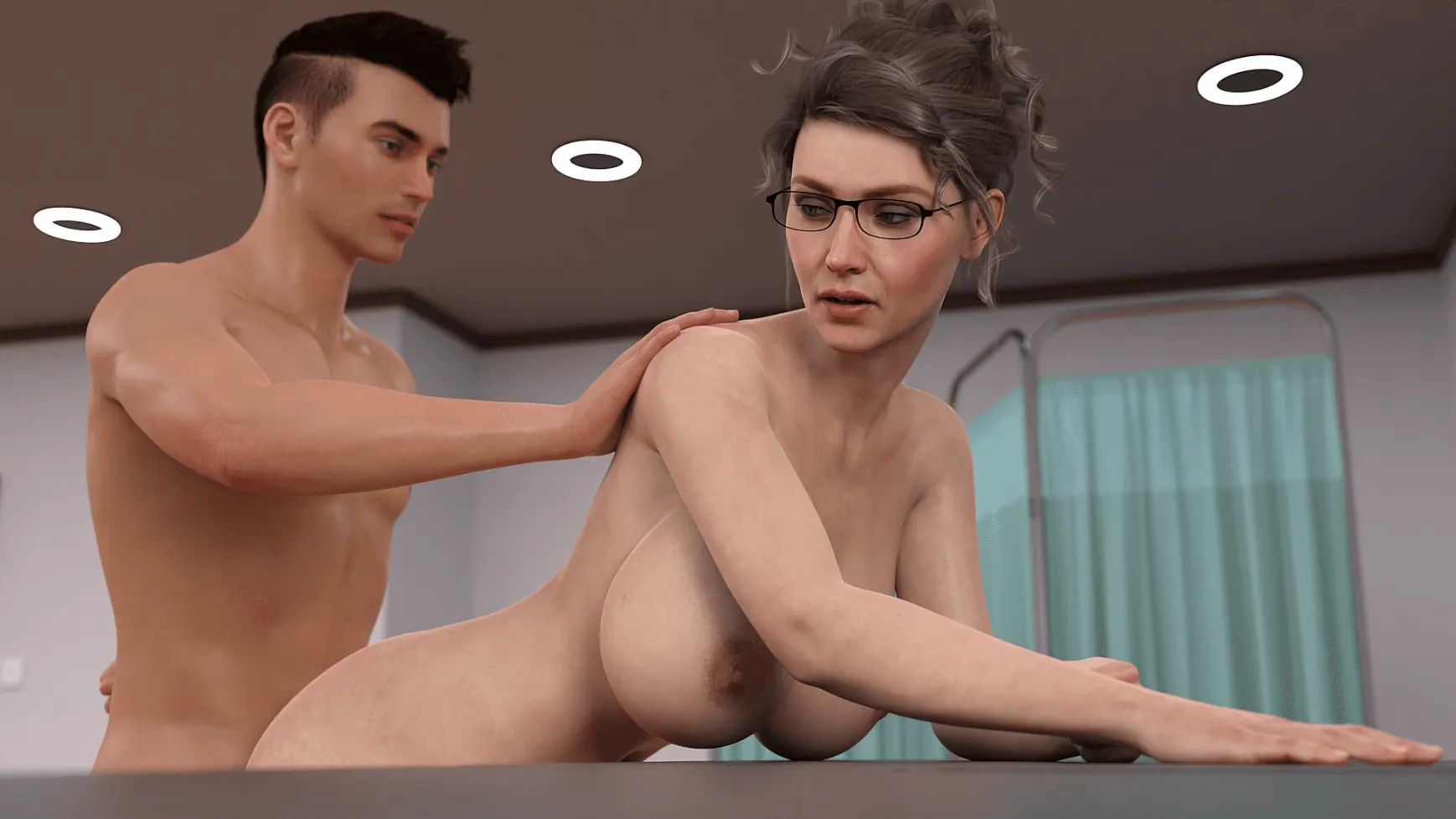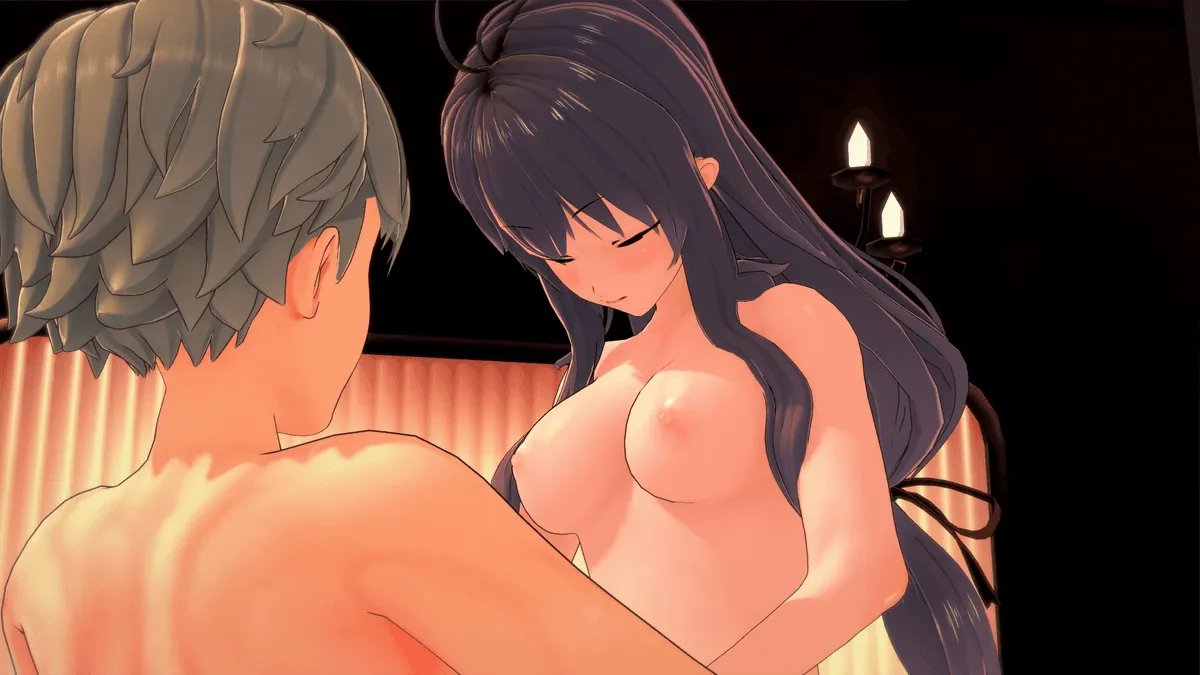
Our Red String
Play Our Red String
Our Red String review
Exploring the immersive narrative and gameplay of Our Red String
Our Red String is a distinctive interactive experience that combines rich storytelling with meaningful player choices. This game stands out for its intricate branching narrative and character-driven plot, offering players a unique journey where every decision shapes the outcome. In this article, we’ll explore what makes Our Red String captivating, from its narrative depth to gameplay elements, and share insights to help you get the most out of your playthrough.
Unpacking the Story and Narrative Structure of Our Red String
Let’s be honest—most visual novels and dating sims follow a pretty predictable path. You pick a love interest, you make a few dialogue choices, and you end up with one of a handful of endings. It’s fun, sure, but it rarely feels real. That’s where Our Red String completely flips the script. 😲 It’s not just a game you play; it’s a world you inhabit, and the Our Red String story is the beating heart of that experience.
This isn’t your average linear tale. It’s a masterclass in interactive storytelling, designed to make you feel the weight of every single decision. I remember my first playthrough—I thought I was making all the “right” choices, only to watch things spiral in a direction I never expected. That’s the magic of this branching narrative game. It respects your intelligence and your emotional investment, rewarding careful thought and punishing careless clicks in the most narratively satisfying ways.
### What Makes the Storytelling in Our Red String Unique? ✨
So, what sets it apart? For starters, Our Red String gives you not one, but two protagonists to guide: Lena and Ian. You don’t just play as one character making choices in a vacuum; you constantly switch perspectives, seeing the same situations through different eyes. This dual-narrative structure is genius because it creates a rich, multifaceted story where your decisions for one character can directly—and often unexpectedly—affect the other.
The branching narrative game design is incredibly deep. We’re not talking about a few major forks in the road that lead to different endings. We’re talking about a sprawling, intricate web of cause and effect. Seemingly insignificant choices, like whether to be honest about a bad day or to hide your feelings, can plant seeds that blossom into major plot points hours later. This attention to detail makes the Our Red String story feel incredibly organic and alive.
🎯 Pro Tip: Don’t try to “game” the system on your first run. Play naturally, as you would react in real life. The most authentic—and often most dramatic—playthroughs come from genuine reactions, not from trying to force a specific outcome.
The game’s uniqueness also lies in its tone. It tackles modern-life issues—career anxiety, financial stress, complex friendships, and the messy reality of romance—with a raw honesty that is rarely seen in the genre. This grounded approach is a huge part of what fosters such incredible emotional engagement game after game.
### How Player Choices Impact the Narrative 🧭
If you’ve ever wondered if your choices really matter in a game, Our Red String is the answer. The player choices impact here is not an illusion; it’s the core mechanic. Every dialogue option, every action you take (or choose not to take), and even your private thoughts can alter the trajectory of the story.
Let me give you a concrete example from my own experience. Early on, I had Ian confide in a friend about his doubts regarding his music career. It felt like a harmless moment of vulnerability. 🤷♂️ Several chapters later, that same friend, thinking he was being supportive, used that information in a conversation with Lena, completely misconstruing Ian’s intentions and creating a massive, heartfelt misunderstanding between them. I sat there stunned. A choice I’d made hours before, which I’d completely forgotten about, had just derailed my entire plan for their relationship.
This is the norm, not the exception. The game tracks your reputation, your relationships with every side character, and even the internal emotional states of Lena and Ian. This data directly influences which story branches become available to you.
Here’s a simple table breaking down a common early-game choice and its potential long-term ripple effects:
| Your Choice | Immediate Result | Potential Long-Term Impact |
|---|---|---|
| Lena agrees to a shady freelance job for quick cash | Gains money, loses a little self-respect | Opens up a new “corrupting influence” story branch; affects how other characters perceive her integrity; can lead to a major conflict with Ian later. |
| Lena turns down the job on moral grounds | Struggles financially, feels proud | Strengthens her resolve; unlocks alternative, harder paths to success; builds a foundation of trust with more virtuous characters. |
This level of player choices impact is what gives Our Red String its incredible replay value. You’re not just replaying to see a different ending screen; you’re replaying to experience a fundamentally different story.
### Character Development and Emotional Engagement 💞
At its core, Our Red String is a character study. The character development in Our Red String is some of the most nuanced and realistic I’ve ever encountered in a game. Lena and Ian aren’t archetypes; they’re fully realized people with flaws, dreams, fears, and contradictions. You watch them grow, stumble, learn, and sometimes backslide based directly on your guidance.
This development is what creates such a powerful emotional engagement game experience. You aren’t just observing their lives; you feel responsible for them. When they succeed, you feel proud. When they hurt, you feel a genuine pang of guilt or sadness. I’ve found myself pausing the game, staring at a difficult choice, and truly agonizing over what was “best” for them, not just what would lead to a better outcome. That level of connection is rare.
The game brilliantly uses its interactive nature to build this connection. You’re often placed inside the characters’ heads, making choices about their private thoughts. This makes you complicit in their journey, forging a bond that goes beyond typical player-character relationships.
The supporting cast is equally well-drawn, and your relationships with them feel just as dynamic. A character you initially find annoying might become a cherished confidant based on your choices, and vice-versa. This ensures that every interaction feels meaningful and that the world exists independently of the player, reacting to your actions in believable ways.
This profound character development in Our Red String is the secret sauce. It’s why players become so invested and why the community is so active discussing different paths and outcomes. We all feel like we know Lena and Ian personally, and we’re all desperate to guide them toward a happy, fulfilling life—even if we all have different definitions of what that looks like. ❤️
Ultimately, the Our Red String story is a testament to the power of interactive storytelling. It proves that games can tell mature, complex, and emotionally resonant stories that stick with you long after you’ve put them down. Its unparalleled player choices impact and deep character work don’t just create a game with high replay value; they create an experience that feels uniquely, powerfully yours.
Our Red String offers a compelling blend of storytelling and player agency that creates a memorable gaming experience. Its intricate narrative and well-crafted characters invite players to explore multiple paths, making each playthrough unique. Whether you’re drawn to deep storylines or meaningful choices, this game delivers on both fronts. Dive in and discover the many layers of Our Red String for yourself.




